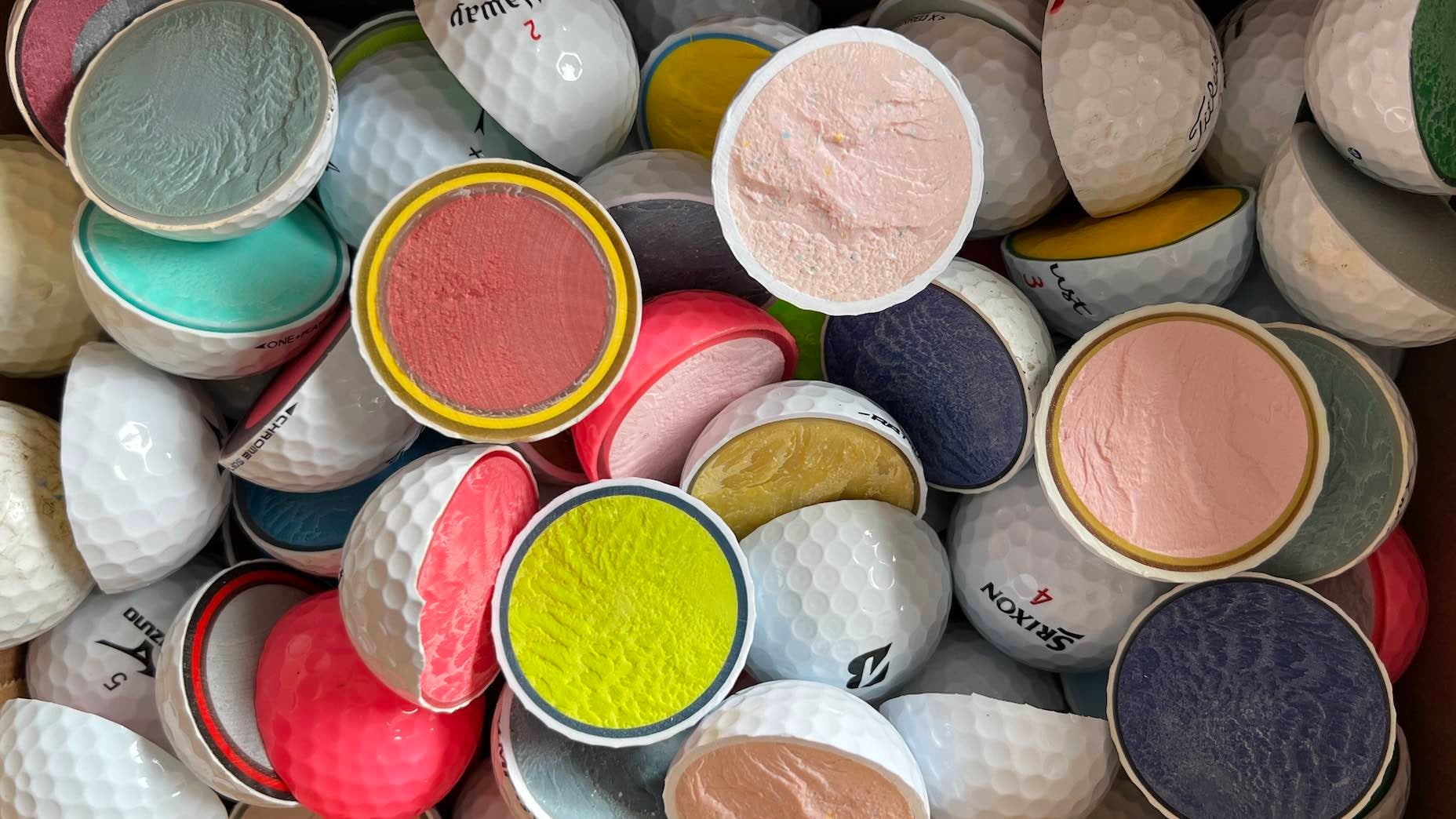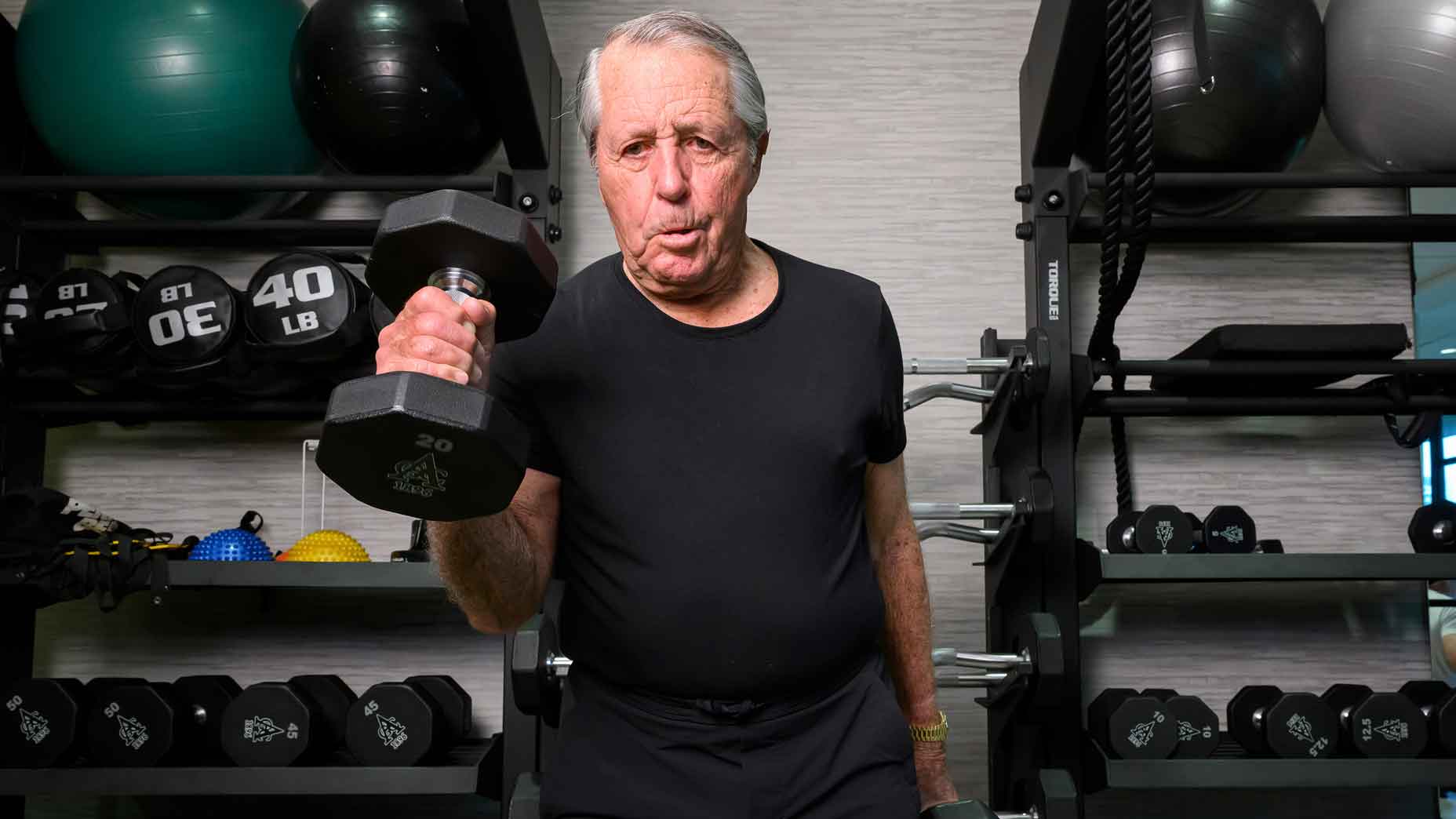With the USGA and R&A announcing their plans to implement a model local rule for elite competition that would, in effect, allow event organizers to require players to use a shorter ball, manufacturers are going to have a number of options in terms of how they adjust ball construction.
Here’s a high-level overview of what changes ball-makers could potentially implement, and what those tweaks would mean for performance.
Make the golf ball lighter
Even if all other parameters remained the same, a lighter ball will fly shorter because it will not maintain the same momentum as a heavier ball. The reason for this is that unlike cars or airplanes that can be made lighter to increase top speed, a ball does not create energy or have its own propulsion system — it simply absorbs energy from the clubhead.

As a ball travels faster, it faces more wind resistance and that causes it to decelerate more quickly, and if the ball is lighter, it will have less force to maintain its velocity compared to a heavier one, resulting in a shorter flight.
Although it’s not exactly the same thing, a simple analogy is that if you hit a baseball and a Wiffleball with the same bat, the Wiffleball is naturally going to fly much shorter, so if we have lighter golf balls, you should expect a similar outcome, just on a less drastic scale.
Make the golf ball softer
Similar to a lighter golf ball, a ball with lower compression and a softer core does not transfer as much energy through impact.
Although there are some potential benefits for golfers at the lower end of the swing speed spectrum in regards to ball feel at a lower compression, the model local rule proposed by the USGA and R&A specifically targets golfers at the highest swing speeds.

Unlike how a lighter ball loses speed after impact at a higher rate, a softer ball will have an immediate impact at the point of impact and result in a slower initial “exit velocity” — to use a baseball term. This is a result of excess deformation at impact resulting in energy loss during the collision.
Adjust the aerodynamics
With weight and compression being elements that can’t be measured without tools, aerodynamics represent an external fix that is easy to see with the naked eye.

If you’ve ever hit a ball that has worn dimples, or no dimples at all, you would have quickly noted that the ball did not fly as far as a new ball, and that its flight also was unstable.
As far as how modifications to a ball’s exterior would relate to the overall distance of elite golfers, it’s much more difficult to quantify when other factors are left unchanged. The other challenge facing the USGA and R&A is how they would test aerodynamics compared to something much easier to measure like weight or compression.
Regardless of how ball manufacturers will be required to adjust, change is coming, and we will continue to learn much more about how these changes will impact golfers at the highest level.
Want to overhaul your bag for 2023? Find a fitting location near you at GOLF’s affiliate company True Spec Golf.









